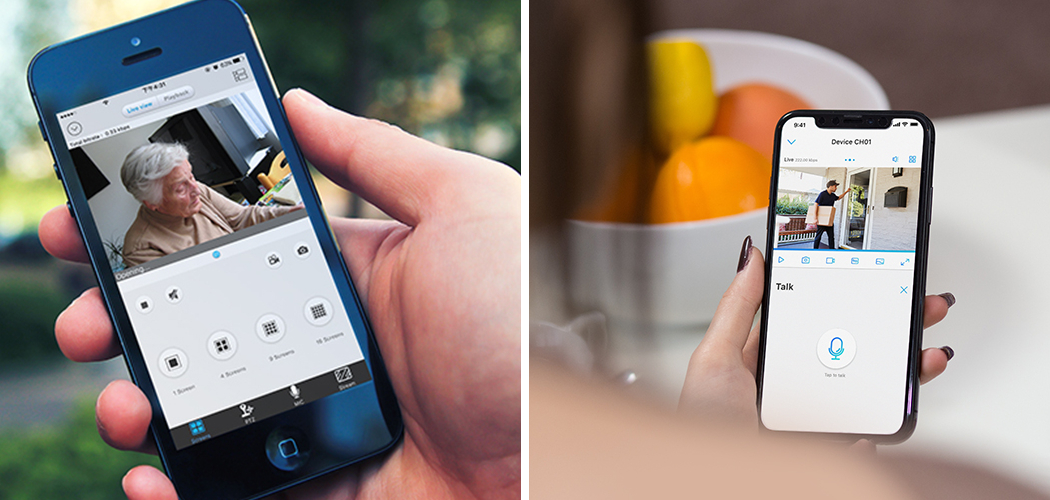Are you worried about the safety of your home or business while you’re away? With technological advancements, it is now possible to view security cameras online from anywhere in the world.
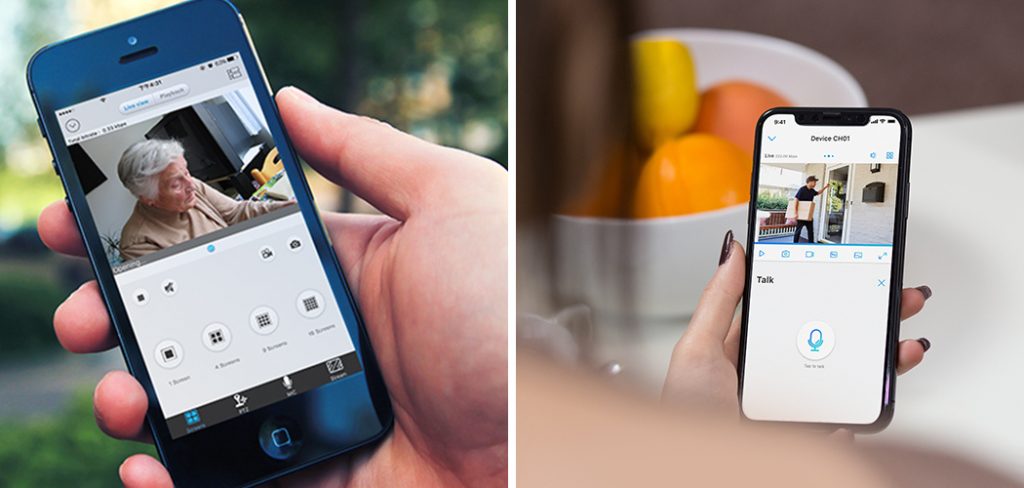
Monitoring security cameras online has become essential to modern safety and surveillance. Whether you’re watching your home, office, or any other property, online access to security cameras offers convenience and peace of mind. With the right setup, you can view live feeds, review recorded footage, and even receive alerts from your cameras, all from your smartphone, tablet, or computer.
This guide on how to view security cameras online will walk you through the basics of accessing and managing your security cameras remotely, ensuring you stay connected to your surveillance system no matter where you are.
What Are the Benefits of Viewing Security Cameras Online?
There are numerous benefits to being able to view your security cameras online. Here are just a few:
- Convenience: With online access, you can quickly check in on your home or business from anywhere with an internet connection, eliminating the need to be on-site physically.
- Real-Time Monitoring: You can view live camera feeds in real time, allowing you to monitor any potential threats or issues as they happen.
- Remote Playback: Most online access systems also allow you to view recorded footage remotely, allowing you to review past events and incidents at your convenience.
- Instant Alerts: Many systems offer customizable alerts that can be sent directly to your phone or email, notifying you of any motion detection or alarm triggers.
- Easy Integration: Online access systems can integrate with other security features such as alarms, intercoms, and biometric authentication systems to enhance overall security in your facility.
- Enhanced Security Measures: With advanced encryption and secure login protocols, online access systems provide robust protection against hacking attempts and unauthorized access.
What Will You Need?
To implement an online access system, you will need the following:
- A Reliable Internet Connection: As online access systems operate through the internet, a stable and secure connection is essential.
- Access Control Software: This is the system’s main component that manages user information, security settings, and access control policies.
- Electronic Door Locks or Readers: These devices will be installed at entry points and connected to the access control software to grant or deny access.
- Server or Cloud Storage: To store user data and facilitate remote access, you will need either a on-site server or a cloud-based storage solution.
- Backup Power Supply: In case of power outages, backup batteries or generators are recommended to keep the access control system running.
- Surveillance Cameras: For added security, surveillance cameras can be integrated with the access control system to monitor and record entry points.
- Reporting and Audit Trail: The access control system should have capabilities for generating reports and keeping an audit trail of all user activities for security purposes.
8 Easy Steps on How to View Security Cameras Online
Step 1. Ensure Your Cameras Are Properly Installed and Powered
Check that all cameras are securely mounted in their designated locations and positioned to cover the desired surveillance areas. Verify that each camera is connected to a reliable power source, whether it is through a direct power cable or Power over Ethernet (PoE) if applicable.
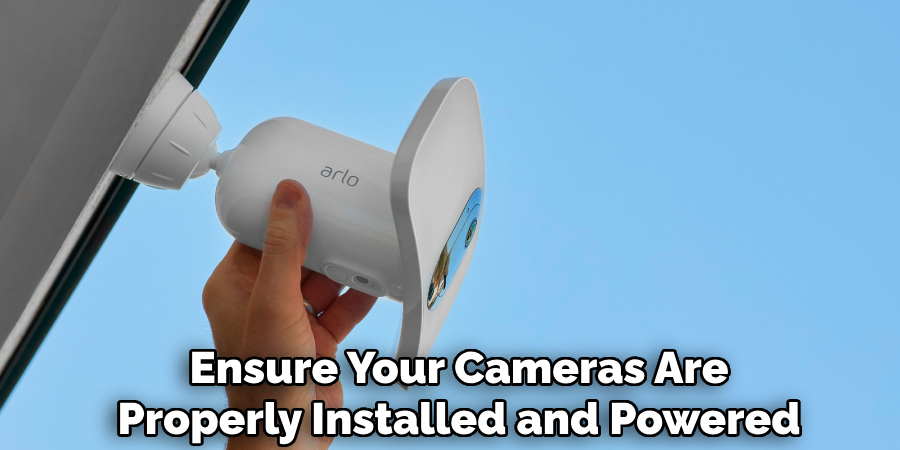
Inspect connections to ensure no loose or damaged cables could disrupt functionality. Proper installation and a consistent power supply are critical for optimal camera performance and uninterrupted monitoring.
Step 2. Connect Your Cameras to a Network:
To access your security cameras online, ensure they are connected to a stable and robust network. This involves using either a wired connection, such as an Ethernet cable, or wireless connectivity via Wi-Fi. For wired setups, confirm that the Ethernet cable is securely plugged into both the camera and the router to establish a reliable connection. For wireless configurations, verify that the cameras are within range of the Wi-Fi router and adequately connected to the network by following the manufacturer’s setup instructions. A stable network connection is crucial for smooth video streaming and remote access.
Step 3: Configuring Camera Settings
Once the camera is connected to the network, proceed to configure its settings for optimal performance. Access the camera’s control panel via the manufacturer’s corresponding app or web interface. Adjust critical settings such as resolution, motion detection sensitivity, and recording schedules to suit your requirements. Ensure that the time and date settings are accurate, as this will be essential for properly timestamping recorded footage. Don’t forget to save any changes before exiting the configuration interface.
Step 4: Test the Camera System
Once the configuration is complete, thoroughly test the camera to ensure all settings are functioning as expected. Check the live feed to verify that the video quality matches your chosen resolution.
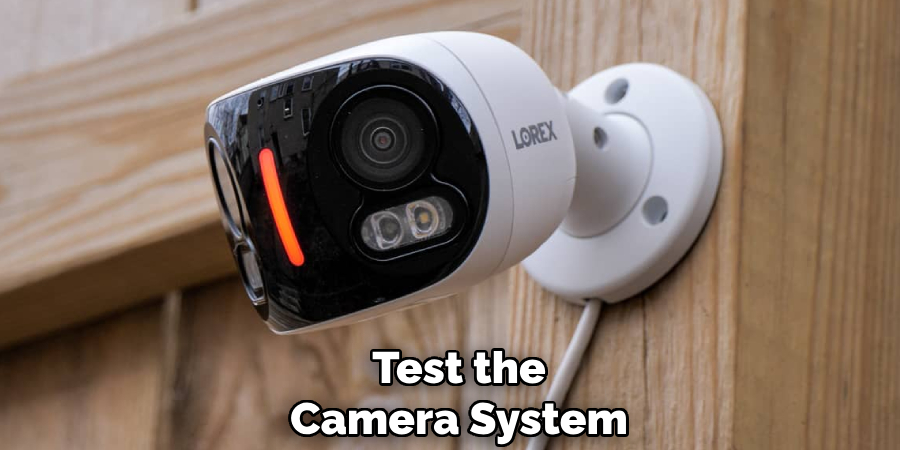
Trigger the motion detection system to confirm it activates and records correctly. Review the saved footage to ensure timestamps are accurate. If any issues arise, revisit the settings and make the necessary adjustments. Regular testing helps maintain an efficient and reliable security system.
Step 5: Maintenance and Updates
Establish a maintenance routine to ensure the longevity and optimal performance of your security camera system. Clean the lenses periodically to prevent dirt or debris from obstructing the view. Regularly inspect the wiring and connections to identify any wear or damage. Additionally, check for firmware updates provided by the manufacturer and apply them to enhance functionality and address potential vulnerabilities. Maintaining your system proactively helps ensure continuous and reliable operation.
Step 6: Maintain and Update the System
Consistently maintain and update your security camera system to ensure long-term reliability and performance. Clean camera lenses regularly to prevent dust or grime from obstructing the view. Check for firmware or software updates provided by the manufacturer, as these updates often include critical security patches and improved functionality. Replace any worn-out or malfunctioning components promptly to avoid system downtime. Effective maintenance and updates will keep your system running smoothly and extend its lifespan.
Step 7. Ensure Proper Placement and Accessibility
When installing a security system, it is essential to consider the placement of cameras and other components. The location should provide optimal coverage of the desired area while being secure and easily accessible for maintenance or troubleshooting.
It is recommended that cameras be placed at least 10 feet above ground level to prevent tampering or removal. Cameras should also have clear lines of sight without obstruction from objects such as trees, shrubs, or buildings.
In addition, make sure all cables are securely hidden and protected from weather elements. This prevents damage and makes it difficult for intruders to disable the system by cutting wires.
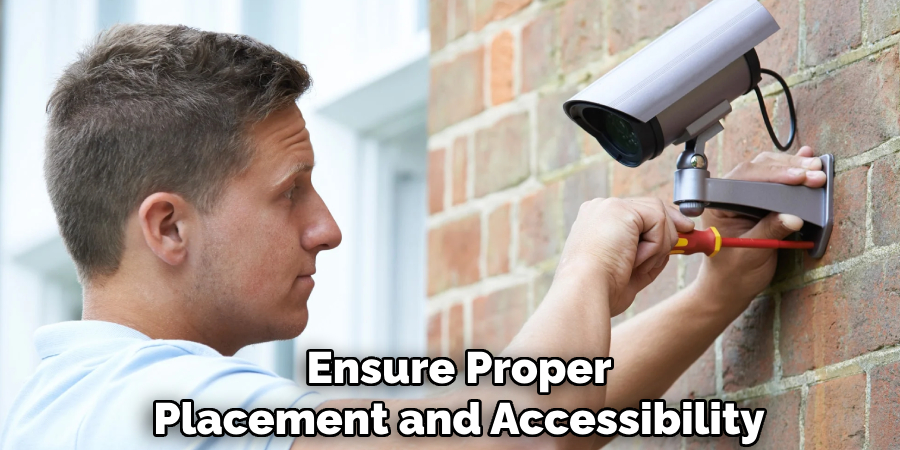
Lastly, ensure that all access points, such as gates or door,s are properly secured with locks and are only accessible to authorized personnel.
Step 8. Strong Passwords
Another crucial aspect of home security is using strong and unique passwords for all your devices, accounts, and systems. Weak or easily guessable passwords make it easier for hackers to access your personal information or control your security system.
When creating a password, ensure it contains uppercase and lowercase letters, numbers, and special characters. Avoid using common words or phrases that are easy to guess. Using different passwords for each device or account is essential to prevent a single data breach from compromising multiple systems.
Additionally, consider using password management software to store and generate complex passwords securely. This can help you keep track of all your passwords without the risk of forgetting them.
By following these tips, you can greatly improve the security of your personal and professional accounts.
5 Things You Should Avoid
- Using Default Passwords: One of the most common mistakes is leaving the default passwords set by the manufacturer. Hackers often know these defaults and can easily use them to access your cameras.
- Accessing Cameras Over Unsecured Networks: Avoid viewing your security cameras over public or unsecured Wi-Fi networks. These networks are vulnerable to cyberattacks, allowing malicious actors to intercept your data.
- Failing to Update Firmware: Outdated firmware can have security vulnerabilities that hackers exploit. Ensure your security camera’s firmware is updated regularly to patch potential security flaws.
- Ignoring Two-Factor Authentication: If your camera system supports two-factor authentication, neglecting to enable it can leave your account more susceptible to unauthorized access. This added layer of security is crucial for protecting your cameras.
- Sharing Login Credentials: Sharing your login information with others, even trusted individuals, increases the risk of compromised credentials. Always keep your access credentials confidential and use any guest access features, if available, for others who need temporary access.
By avoiding these common mistakes, you can ensure that your home security cameras remain secure and provide the protection you need for your family and property.
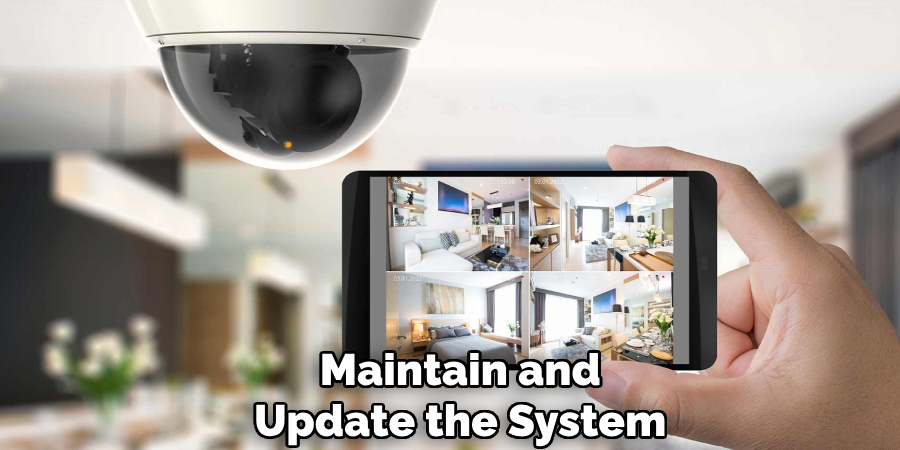
Conclusion
How to view security cameras online safely and effectively is a crucial aspect of home or business security.
Ensure the use of strong, unique passwords and enable two-factor authentication for enhanced security. Regularly update your camera’s firmware to protect against potential vulnerabilities. Avoid sharing your login credentials; instead, utilize guest access or user-specific accounts for sharing purposes.
By adhering to these precautions, you can securely access your security cameras online, providing peace of mind and protecting your home or property.

